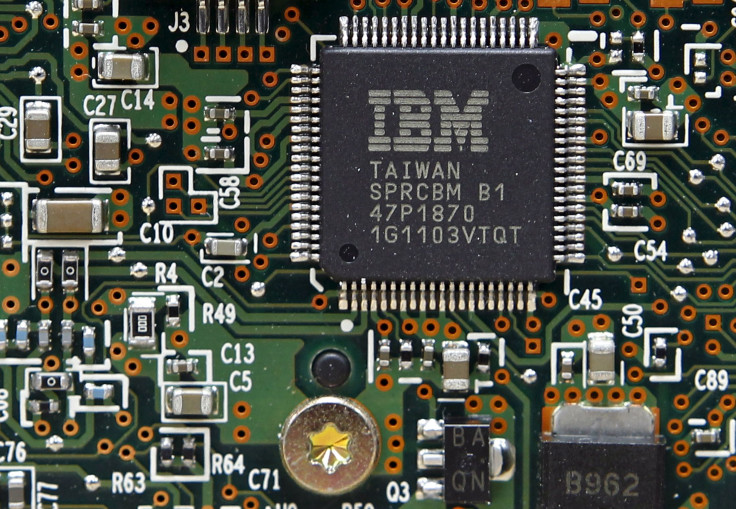Samsung Galaxy S8, Note 8 And iPhone 8's 10nm Processor Technology Explained

10nanometer (10nm) is the new buzzword when it comes to smartphone processor technology. The technology has been adopted by processor manufacturers such as Qualcomm, Intel, TSMC and Samsung and is expected to power many flagship devices in 2017 such as iPhone 8, Samsung Galaxy S8 and Note 8.
So, what is 10nm technology and what difference will it make to smartphones? 10nm is a replacement for the existing 14nm technology used in processors such as the Qualcomm Snapdragon 820 and Exynos 8890 which power the Samsung Galaxy S7 and Apple’s A10 Fusion Chip in iPhone 7.
The technology is used in Qualcomm Snapdragon 835 and 830 processors expected to power S8 and Note 8 devices and in Apple iPhone 8’s A11 chip. Intel also announced at CES 2017 in Las Vegas on Wednesday that it will be using the technology in its Cannon Lake processors.
Simply explained, smartphone processors work just like CPUs on PCs and take care of all the tasks that your smartphone has to perform. The processors contain different components that are assigned to different tasks. Processors can comprise a single unit or core or have multiple cores included in dual-core, quad-core and octa-core devices. Each core has transistors and these transistors transmit information and signals that a smartphone needs to function.
The 10nm technology has been developed by Samsung. The processors built using this technology can fit 30 percent more transistors compared to 14nm processors. Using the technology, chipmakers such as Qualcomm claim that they are able to create processors which will be 27 percent faster and consume 40 percent less power than earlier processors.
A 10nm processor takes up less space inside a smartphone’s body to perform the same tasks as a 14nm processor. It also generates less heat and consumes less battery, which is why smartphone companies are going in for 10nm processors.
As smartphones get more advanced every year, processor technology will continue to grow with them — 10nm processor technology is therefore a natural transition that more devices are expected to make during the year.
© Copyright IBTimes 2025. All rights reserved.



















